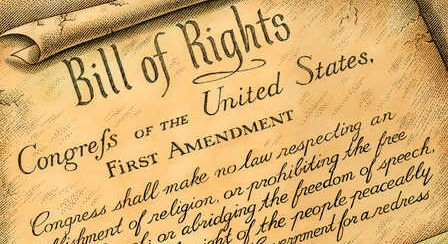Evisceration by Labeling
 Tuesday, May 17, 2016 at 02:05AM
Tuesday, May 17, 2016 at 02:05AM  “A phobia is an overwhelming and unreasonable fear of an object or situation that poses little real danger but provokes anxiety and avoidance.” -Mayo Clinic. “A phobia is a type of anxiety disorder, usually defined as a persistent fear of an object or situation the affected person will go to great lengths to avoid, typically disproportional to the actual danger posed.” -Wikipedia.
“A phobia is an overwhelming and unreasonable fear of an object or situation that poses little real danger but provokes anxiety and avoidance.” -Mayo Clinic. “A phobia is a type of anxiety disorder, usually defined as a persistent fear of an object or situation the affected person will go to great lengths to avoid, typically disproportional to the actual danger posed.” -Wikipedia.
Labeling: “But it’s important to recognize that the people we label as “black,” “white,” “rich,” poor,” smart,” and “simple,” seem blacker, whiter, richer, poorer, smarter, and simpler merely because we’ve labeled them so.” -Adam Alter, Psychology Today.
Given the above definitions, I have to ask why people use the terms “homophobia” and, now, “transphobia” (as a pejorative label for those who are categorized as disliking transgendered persons)? If I may, I will answer my own question. People resort to labeling as a convenient way to avoid complicated scenarios. Rather than ask why someone holds opposing views of homosexual behavior or of transgenderism, it is much easier to simply call them haters, or announce that they have unreasonable fears. It is far too messy to actually hold a civil and respectful discussion with a dissenter. Such a dialogue would give the appearance of legitimizing his or her arguments.
Claustrophobia, arachnophobia, acrophobia, agoraphobia and all the other conventional phobias meet with a general attitude of tolerance, and even sympathy. Not so with “homophobes” or “transphobes.” Not only must such people be denied legitimacy, they must be silenced altogether. Some even believe they must be imprisoned. They have no leg to stand on—not freedom of expression, not opinion, not preference, not religious conviction—nothing! They must not be given a voice in the public square.
The truth is that in every camp, there are those who spout off bigoted and prejudicial diatribes against their opponents. But it is also true that people in those same camps have reasonable and sound arguments that deserve respect. If my position can be defeated in a logical debate, then that, it seems to me, should be the forum in which the discussion should take place in a democracy. I should not be burned at the proverbial stake simply because my views differ from the “anointed” establishment.
I find it interesting and ironic that those who clamored for the right to oppose the establishment in the 1960’s are the very ones—or at least of the same ilk—as the same reactionary and intransigent authorities they used to curse. As long as they can define diversity, they’re all for it. When aberrant strains of diversity show up, they lose their open-minded and charitable demeanor. They can be as shrill and vicious as their former antagonists. The irony becomes even more delicious when the reason for their intolerance turns out to be power, control and money! Why, imagine that! The very sins they accused the establishment for committing fifty years ago they now are guilty of themselves—and in the proudest way possible!
“Once a government is committed to the principle of silencing the voice of opposition, it has only one way to go, and that is down the path of increasingly repressive measures, until it becomes a source of terror to all its citizens and creates a country where everyone lives in fear.”
[Special Message to the Congress on the Internal Security of the United States, August 8, 1950]”
― Harry Truman

Reader Comments